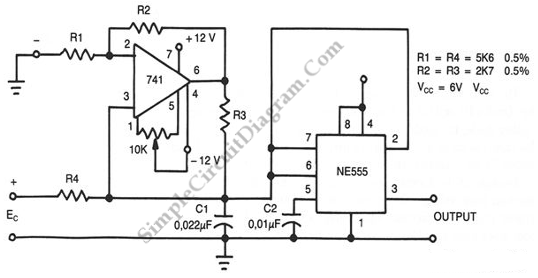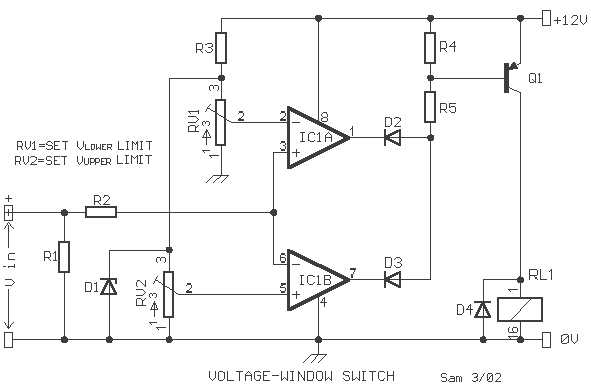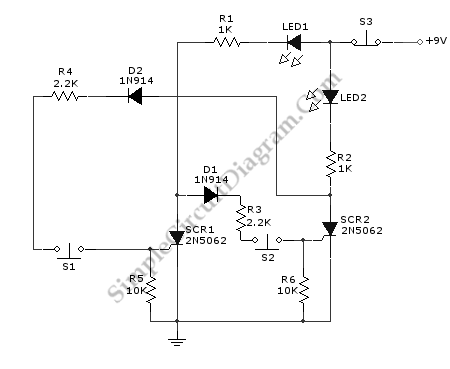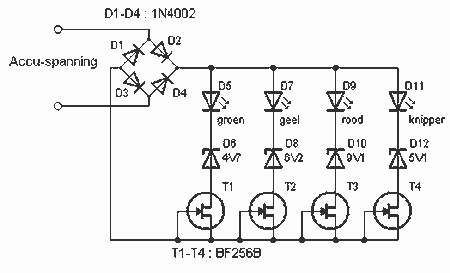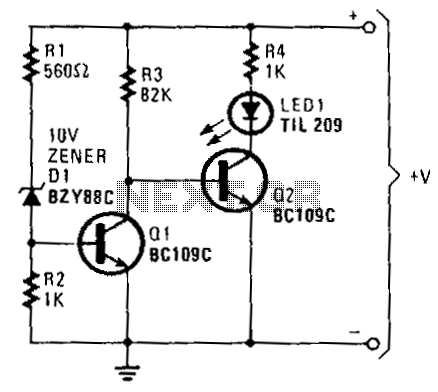
Battery Voltage monitor
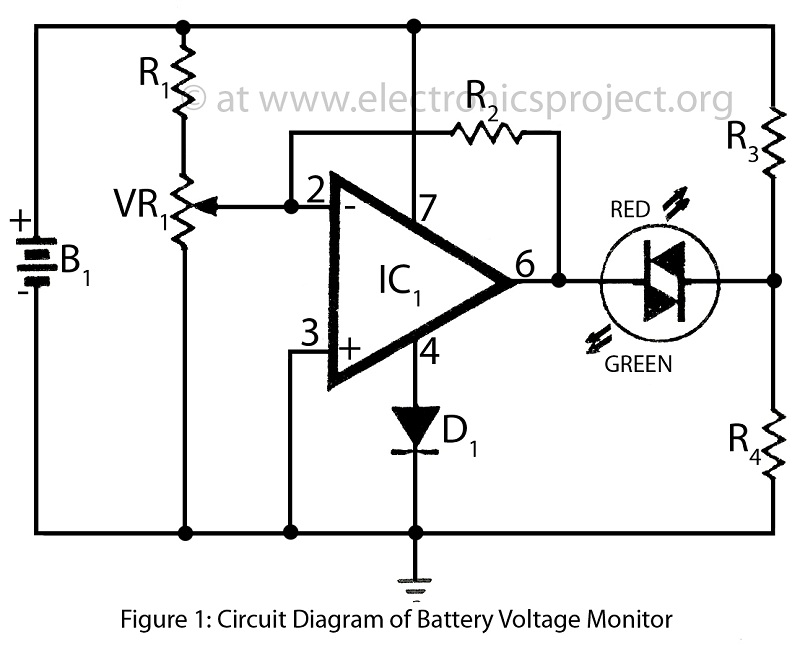
Battery voltage monitor is utilized to indicate the voltage level of a 12-volt battery circuit, specifically in a verified electronics project circuit.
The battery voltage monitor circuit is designed to provide a visual representation of the voltage level of a 12-volt battery, which is commonly used in various applications such as automotive systems, renewable energy storage, and portable electronic devices. This circuit typically incorporates a voltage divider, which scales down the battery voltage to a lower level suitable for measurement by an analog-to-digital converter (ADC) or a microcontroller.
Key components of the circuit may include resistors, an operational amplifier (op-amp), and a display element such as an LED or an LCD screen. The voltage divider consists of two resistors connected in series, where the output voltage is taken from the junction between the two resistors. This output voltage can then be fed into the ADC of a microcontroller, which converts the analog voltage to a digital value for processing.
The op-amp can be used to amplify the voltage signal if necessary, ensuring that the measurement is accurate and within the operational range of the ADC. Additionally, the circuit may include protection features such as fuses or diodes to prevent overvoltage or reverse polarity conditions that could damage the components.
The display element provides a user-friendly interface, allowing users to easily read the battery voltage level. In more advanced designs, the circuit may also include features such as low battery alerts, data logging capabilities, or connectivity options for remote monitoring.
Overall, the battery voltage monitor circuit plays a crucial role in ensuring the reliable operation of battery-powered systems by providing real-time voltage information and enabling proactive maintenance.Battery Voltage monitor is used to indicate the voltage level of 12 volt battery circuit of battery voltage monitor verified electronics project circuit with description. 🔗 External reference
The battery voltage monitor circuit is designed to provide a visual representation of the voltage level of a 12-volt battery, which is commonly used in various applications such as automotive systems, renewable energy storage, and portable electronic devices. This circuit typically incorporates a voltage divider, which scales down the battery voltage to a lower level suitable for measurement by an analog-to-digital converter (ADC) or a microcontroller.
Key components of the circuit may include resistors, an operational amplifier (op-amp), and a display element such as an LED or an LCD screen. The voltage divider consists of two resistors connected in series, where the output voltage is taken from the junction between the two resistors. This output voltage can then be fed into the ADC of a microcontroller, which converts the analog voltage to a digital value for processing.
The op-amp can be used to amplify the voltage signal if necessary, ensuring that the measurement is accurate and within the operational range of the ADC. Additionally, the circuit may include protection features such as fuses or diodes to prevent overvoltage or reverse polarity conditions that could damage the components.
The display element provides a user-friendly interface, allowing users to easily read the battery voltage level. In more advanced designs, the circuit may also include features such as low battery alerts, data logging capabilities, or connectivity options for remote monitoring.
Overall, the battery voltage monitor circuit plays a crucial role in ensuring the reliable operation of battery-powered systems by providing real-time voltage information and enabling proactive maintenance.Battery Voltage monitor is used to indicate the voltage level of 12 volt battery circuit of battery voltage monitor verified electronics project circuit with description. 🔗 External reference
